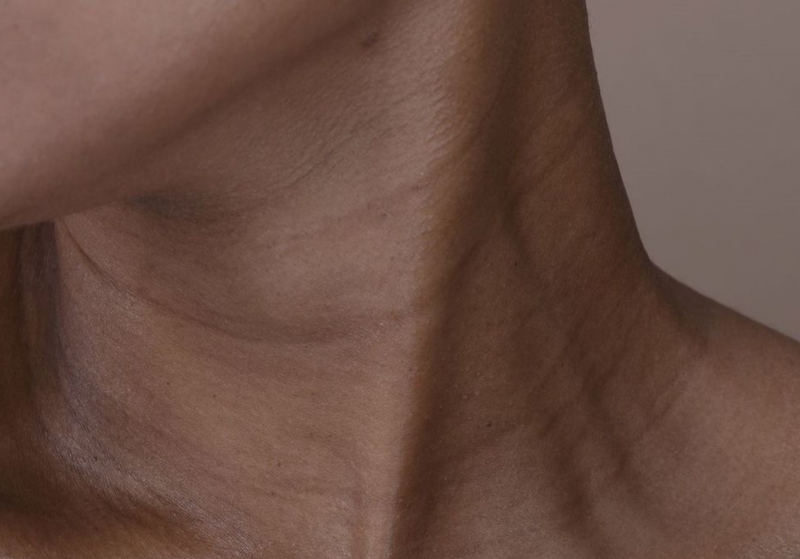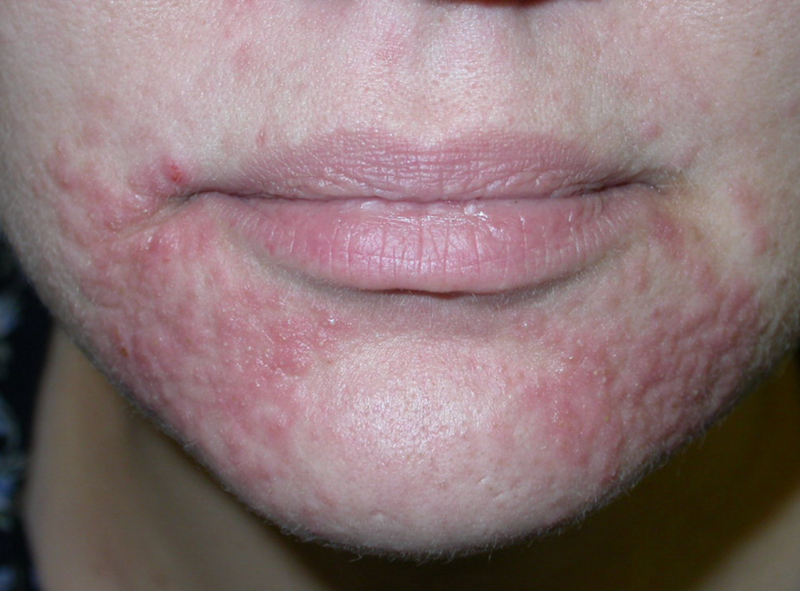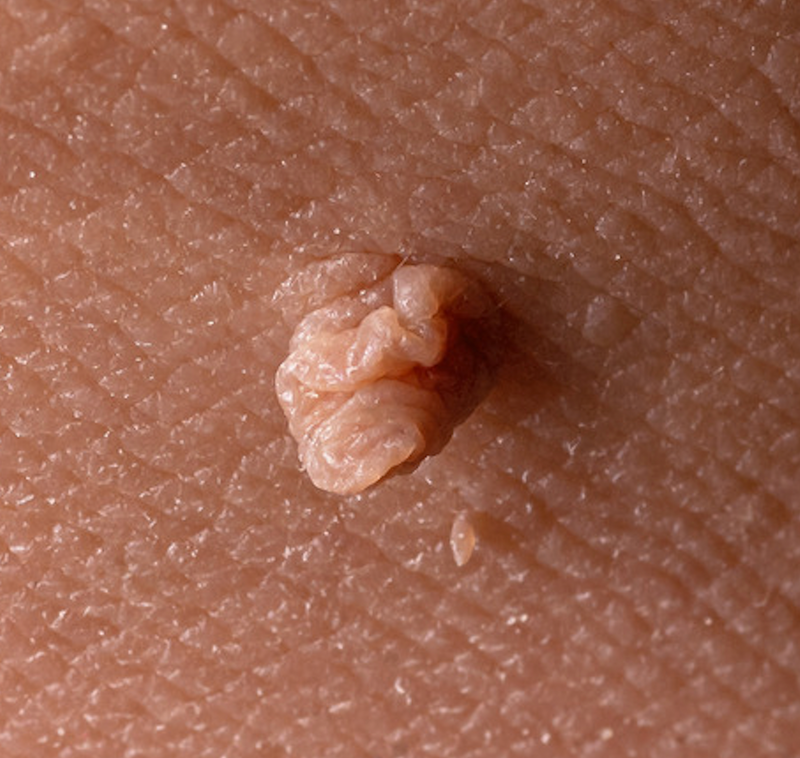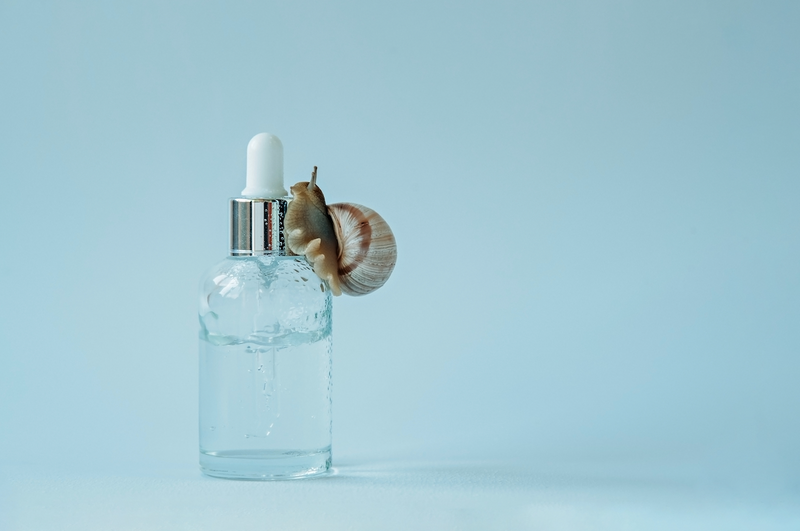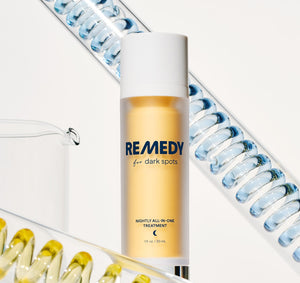Moisturizers are essential in skincare, but not all are created equal. They generally contain three key types of ingredients: humectants, emollients, and occlusives. Each plays a unique role in keeping skin hydrated and healthy. Most moisturizers combine these ingredients in varying amounts to offer balanced hydration and skin protection.
What are humectants?
Humectants are water-attracting ingredients that pull moisture from the environment or deeper layers of the skin into the outermost layer, the stratum corneum. This hydration helps plump the skin and improve texture. However, without an occlusive to trap the moisture, humectants may actually contribute to dehydration by drawing water away from the skin if the air is too dry. Common humectants include glycerin, hyaluronic acid, and urea.
What are emollients?
Emollients work by filling in the gaps between skin cells, creating a smooth, soft texture. They help improve the skin’s flexibility and repair damage caused by dryness. While they don't actively draw in moisture, they help skin retain it. Examples of emollients include squalane, cholesterol, and plant oils.
What are occlusives?
Occlusives form a protective layer on the skin’s surface, sealing in moisture and preventing water loss. They also shield the skin from harsh environmental conditions like cold weather and wind. However, they can feel heavy and may not be ideal for oily or acne-prone skin. Common occlusives include petrolatum, beeswax, and mineral oil.
Key differences:
|
Advantages |
Disadvantages |
Examples |
|
|
Humectants |
Attract water to the skin, hydrate dry areas, and improve skin texture. |
May cause water loss if not paired with an emollient or an occlusive. |
Hyaluronic Acid, Glycerin, Urea, Aloe Vera |
|
Emollients |
Help retain moisture, reinforcing the skin barrier, keeping the skin smooth and supple. |
Do not attract water therefore do not provide additional hydration. |
Shea Butter, Squalane, Lanolin, Cholesterol |
|
Occlusives |
Lock in moisture, protect against environmental damage, and prevent water loss. |
Can feel heavy on some skin types. |
Petrolatum, Beeswax, Mineral Oil, Dimethicone
|
Choosing the right moisturizer for your skin:
-
If you have dry or dehydrated skin, look for a product with a balance of humectants, emollients, and occlusives.
-
If your skin is oily, a lightweight humectant with some emollients may work best.
-
If you have extremely dry or sensitive skin, occlusives can help prevent moisture loss and protect your skin barrier.
How to incorporate these ingredients into your skincare routine:
Layering humectants, emollients, and occlusives in your skincare routine is all about maximizing hydration and protection for your skin. Here’s a suggested order:
-
Humectants – Start with humectants, as these attract water to the skin. Apply them immediately after cleansing while your skin is still slightly damp. This helps retain the added moisture.
-
Emollients – Follow up with emollients to smooth and soften the skin, repairing any dryness or flakiness. This step helps restore the skin barrier and improve texture.
-
Occlusives – End with occlusives as the final step to seal everything in and prevent water loss. Occlusives create a protective barrier over the skin, especially useful in harsh weather or for extremely dry skin.
|
1. Cleanse |
Use a gentle cleanser |
|
2. Treat |
Apply your favorite treatment serum with added humectants |
|
3. Protect |
Apply a moisturizer with emollients. |
|
4. Seal |
Follow with a thin layer of occlusives for a nighttime routine. |
A word of caution:
-
This layering approach works well for nighttime routines or colder climates. If you're using these products during the day, consider your environment because occlusives may feel heavy in hot, humid weather.
-
For very dry or dehydrated skin, humectants may worsen dryness if not applied properly. Ensure skin is damp before applying humectants, and always follow with an emollient and occlusive to lock in moisture.
-
Be cautious using occlusives like petrolatum around the eyes to avoid the development of milia, small white cysts containing trapped dead skin cells.


